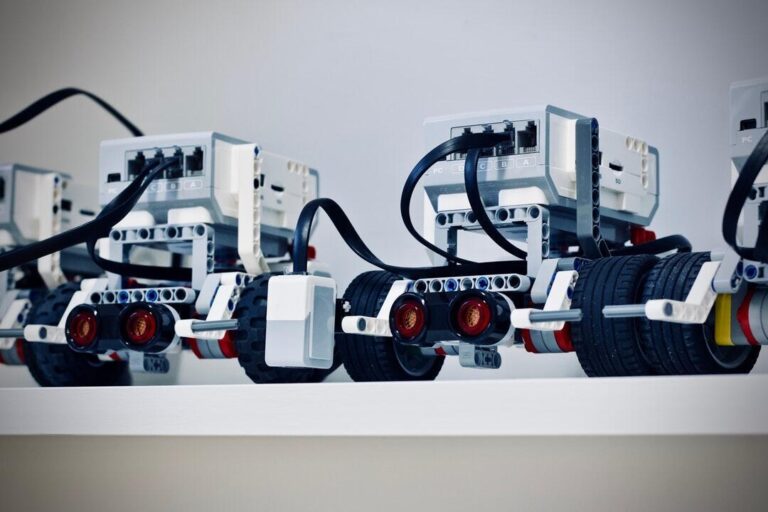
Regenerative Therapies
Modern medicine is changing fast, and one of the biggest reasons is regenerative therapy. This kind of treatment helps the body heal itself. Instead of using drugs or surgery to treat symptoms, regenerative therapies try to fix the root of the problem.
People with injuries, chronic pain, or even diseases like diabetes are seeing new hope through these treatments. From stem cells to tissue engineering, regenerative medicine is creating new paths for healing. Let’s take a closer look at how it works and why it’s so exciting.
What Is Regenerative Therapy?
Regenerative therapy is a type of medical treatment that uses the body’s natural ability to repair itself. Instead of just treating symptoms, it focuses on helping the body rebuild damaged tissues and organs.
There are several types of regenerative therapies, including:
- Stem cell therapy
- Platelet-rich plasma (PRP)
- Tissue engineering
- Gene therapy
Each type has different uses and benefits. But they all share one goal: to help the body grow, fix, or replace its own damaged parts.
Stem Cell Therapy: Building Blocks of Healing
Stem cells are special cells in the body. They can turn into many different types of cells, such as muscle, bone, or skin cells.
In stem cell therapy, doctors take stem cells from the patient (or a donor) and place them in the area that needs healing. These stem cells then help rebuild the damaged tissue.
Stem cell therapy is being used to treat:
- Joint injuries (like knees and shoulders)
- Heart damage after a heart attack
- Spinal cord injuries
- Certain blood disorders
Doctors and researchers are still learning about stem cells, but early results are promising.
Platelet-Rich Plasma (PRP): Healing from Within
PRP therapy uses a person’s own blood to speed up healing. First, the doctor takes a small sample of blood. Then they spin it in a machine to separate the platelets. Platelets are tiny cells that help with clotting and healing.
The platelet-rich part of the blood is then injected into the injured area. This helps the body heal faster.
PRP is often used for:
- Sports injuries
- Tendon or ligament damage
- Hair loss treatment
- Skin rejuvenation
Since PRP uses your blood, there’s very little risk of side effects.
Tissue Engineering: Growing New Body Parts
Tissue engineering sounds like science fiction, but it’s very real. Scientists can now grow new tissues-like skin, cartilage, or even small organs-in a lab.
They use a mix of cells, special materials, and technology to build these tissues. Once they’re ready, the new tissues can be placed in the patient’s body.
This method is especially helpful for people who:
- Loose skin due to burns
- Have damaged cartilage in joints
- Need bladder or trachea repairs
In the future, tissue engineering may even allow full organs, like hearts or livers, to be grown for transplants.
Gene Therapy: Fixing the Code
Our bodies run on genetic instructions, much like computer code. If there’s a mistake in that code, it can lead to disease.
Gene therapy aims to fix or replace faulty genes. Doctors deliver new, healthy genes into the body to correct the problem.
Gene therapy can help treat:
- Certain cancers
- Inherited blindness
- Rare genetic diseases like cystic fibrosis
- Blood disorders such as sickle cell anemia
This kind of therapy is still developing, but it offers hope for people with conditions that used to be untreatable.
The Role of Research and Clinics
Research plays a key role in developing new regenerative therapies. Universities, hospitals, and private clinics like SDARTS are working hard to test new treatments and make them safe for everyone.
Clinical trials are essential. They help doctors find out what works and what doesn’t. Thanks to these trials, many therapies are now approved and being used in real-life settings.
If you’re thinking about regenerative therapy, make sure to choose a clinic that is certified and uses approved methods.
Benefits of Regenerative Medicine
Regenerative medicine brings a long list of benefits to patients, doctors, and the healthcare system. Because it focuses on healing the body naturally, it often offers a better, longer-lasting solution than traditional treatments. Let’s take a closer look at some of the biggest benefits:
Natural Healing from Within
One of the main goals of regenerative medicine is to help the body heal itself. Treatments like stem cell therapy and PRP use materials from your own body, such as blood or cells, to trigger natural repair. This reduces the need for synthetic drugs or chemicals, and it encourages real tissue growth instead of just masking the symptoms.
Avoid or Delay Surgery
Many patients are turning to regenerative therapies as an alternative to surgery. For example, someone with knee pain might try stem cell injections instead of having a knee replacement. These treatments can often reduce pain and restore function without going under the knife.
Faster Recovery Times
Since regenerative therapies boost the body’s natural healing systems, patients often recover faster. Whether it’s healing from a sports injury or recovering from tissue damage, the process tends to be quicker and more efficient.
Long-Term Relief
Unlike pain relievers that only mask symptoms, regenerative medicine tries to fix the root cause of the problem. For example, instead of just numbing joint pain, stem cell therapy might rebuild the cartilage causing the pain in the first place.
Lower Risk of Side Effects
Because many regenerative treatments use the patient’s own cells or blood, the risk of allergic reactions or rejection is much lower. PRP, for instance, is made from your own blood, so your body recognizes it and responds well to it.
Conditions That Regenerative Therapy Can Help
While still growing, regenerative medicine is already being used to treat many conditions, including:
- Joint pain and arthritis
- Back and neck injuries
- Nerve damage
- Heart disease
- Diabetes-related wounds
- Hair thinning or loss
- Skin aging and scars
- Autoimmune disorders
Doctors are discovering new uses every day. Soon, regenerative treatments could become part of regular healthcare.
A Revolutionizing Modern Medicine Today
Regenerative therapies are truly changing the way we think about healthcare. They go beyond just treating symptoms. Instead, they help the body heal and rebuild itself from within.
Whether it’s stem cells for joint pain, PRP for soft tissue injuries, or gene therapy for rare diseases, these treatments offer real hope. They are safer, more natural, and more effective than many traditional methods.
Modern medicine isn’t just about new drugs- it’s about helping the body do what it was designed to do: heal itself.
Ready to learn more? Dive into our expert guides!






